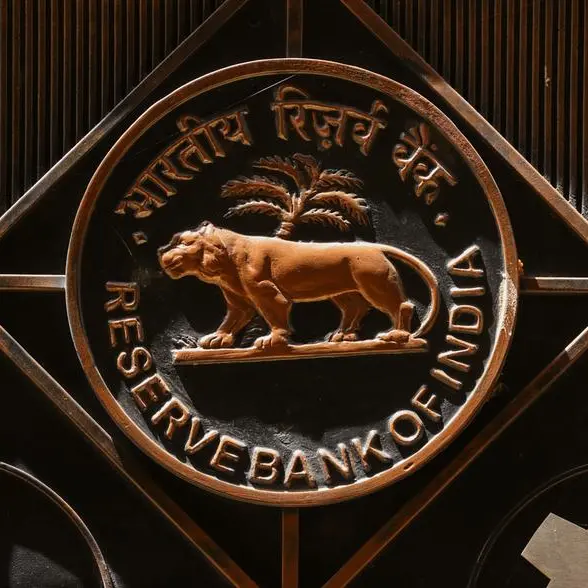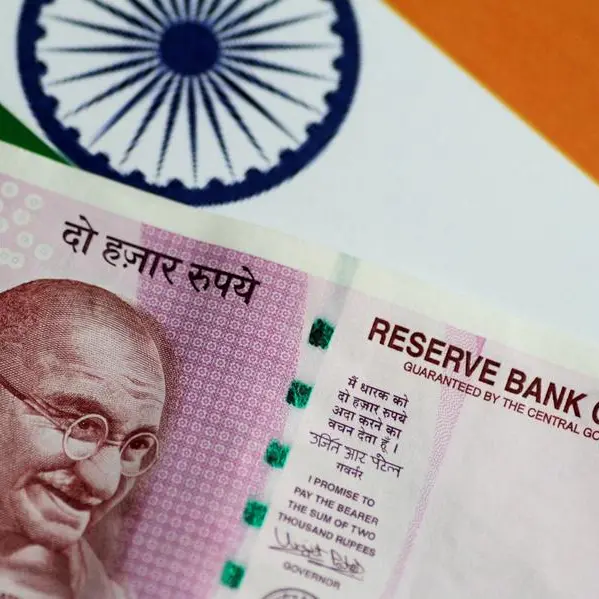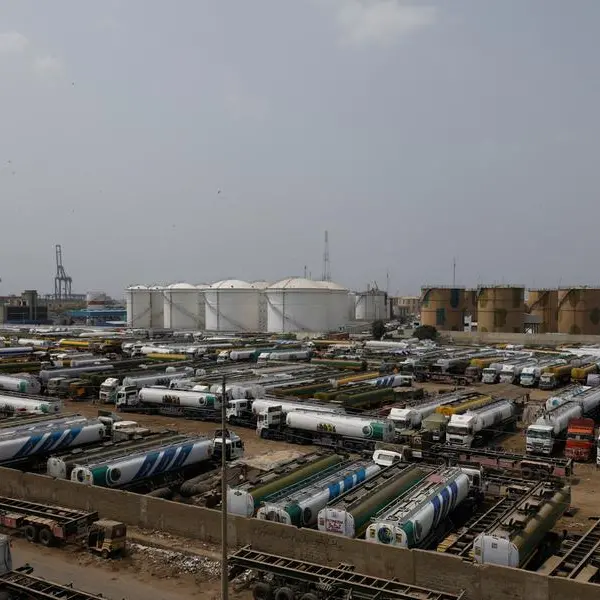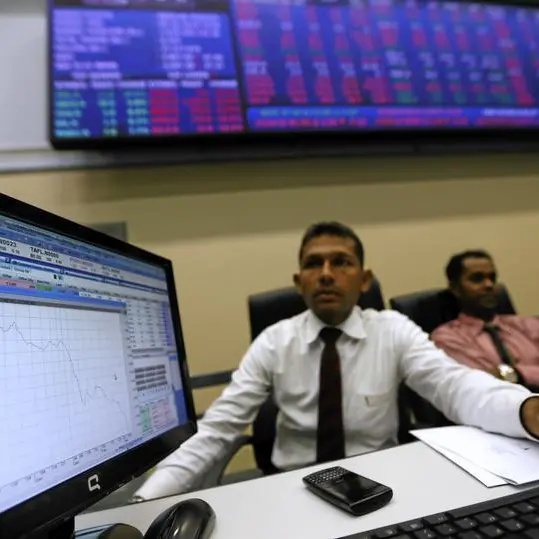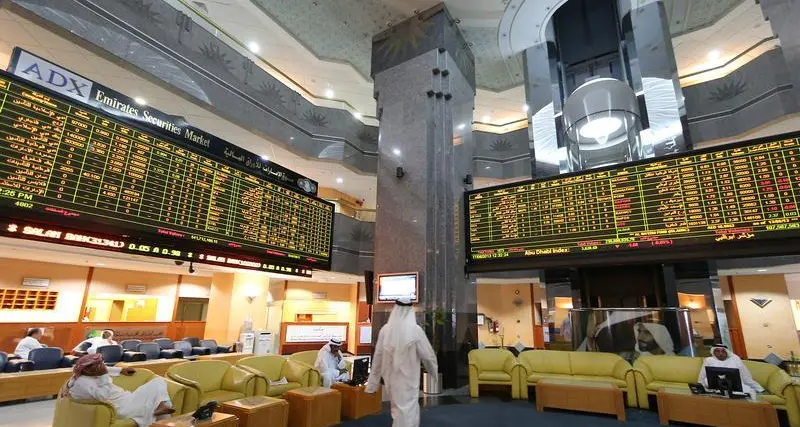PHOTO
New Delhi: Occupancy rates in hotels have registered a significant improvement due to a robust resurgence in demand, and reduced supplies over the past couple of years, reaching an average of 67-68% in the current ongoing fiscal up from 65% in the fiscal year 2023 and a significant upswing from the 50% recorded in FY22, a study by CareEdge Ratings shows.
This uptick in occupancy has not only empowered industry players with enhanced pricing leverage but has also propelled an increase in average room rates. The culmination of these favourable factors has translated into a noticeable improvement in the industry's overall profitability during FY23.
CareEdge Ratings analysed a sample set of 62 listed players and found, the operating level profitability for FY23 was reported at an impressive 27.2 percent and it continues to be in similar range in the current fiscal as well. This represents a substantial leap from the 14.3 percent recorded in FY22 and the 19.3 percent reported in FY19 before the pandemic took its toll.
Despite the inherent challenges posed by escalating costs of raw materials, high manpower expenses, and the upsurge in borrowing costs stemming from elevated interest rates, industry players have exhibited resilience.
CareEdge says it is envisaged that the Revenue per available room (RevPAR) for industry players in FY24 will witness a 6-7% growth over FY23 levels. This positive momentum is anticipated to persist, thereby continuing to fortify the margins as the sector propels forward.
Domestic travel will continue to be a significant driver of demand, bolstered by the government's infrastructure initiatives, increasing air and railway passenger traffic, and the rising preference for branded accommodations, which outpaces supply growth.
A gradual uptick in business travel demand on account of the rise in meetings, incentives, conferences & exhibition (MICE) events is expected to drive the increase in room capacity additions over the next few years.
"Currently the domestic demand is the key driver. With the current travel momentum expected to continue and anticipated demand likely to outpace current supply, FY25 is likely to witness steady high occupancies in the range of 68-70% and continued RevPAR growth at 9-11% which shall aid in overall improvement of the credit profile of the players in the industry", said Ravleen Sethi, Associate Director, CareEdge Ratings.
Over the last five years, India's travel and tourism sector has contributed approximately 5% of total Gross Domestic Product (GDP) of India. India's tourism sector's contribution to the GDP is expected to grow to USD 450-500 bn by FY30.
India currently has approximately 160,000 branded hotel rooms. The industry is expected to add a capacity of approximately 50,000 rooms in the next 5 years with supply registering a CAGR of 4-5% in the said period. Capacity addition in FY24 is expected to be higher compared to the preceding two pandemic years, but it will remain below the pre-pandemic level of FY20, according to CareEdge.
With the creation of a robust demand base, the upcoming supply pipeline currently shows a clear correlation vis-a-vis the upcoming tourism and infrastructure developments.
© Muscat Media Group Provided by SyndiGate Media Inc. (Syndigate.info).

